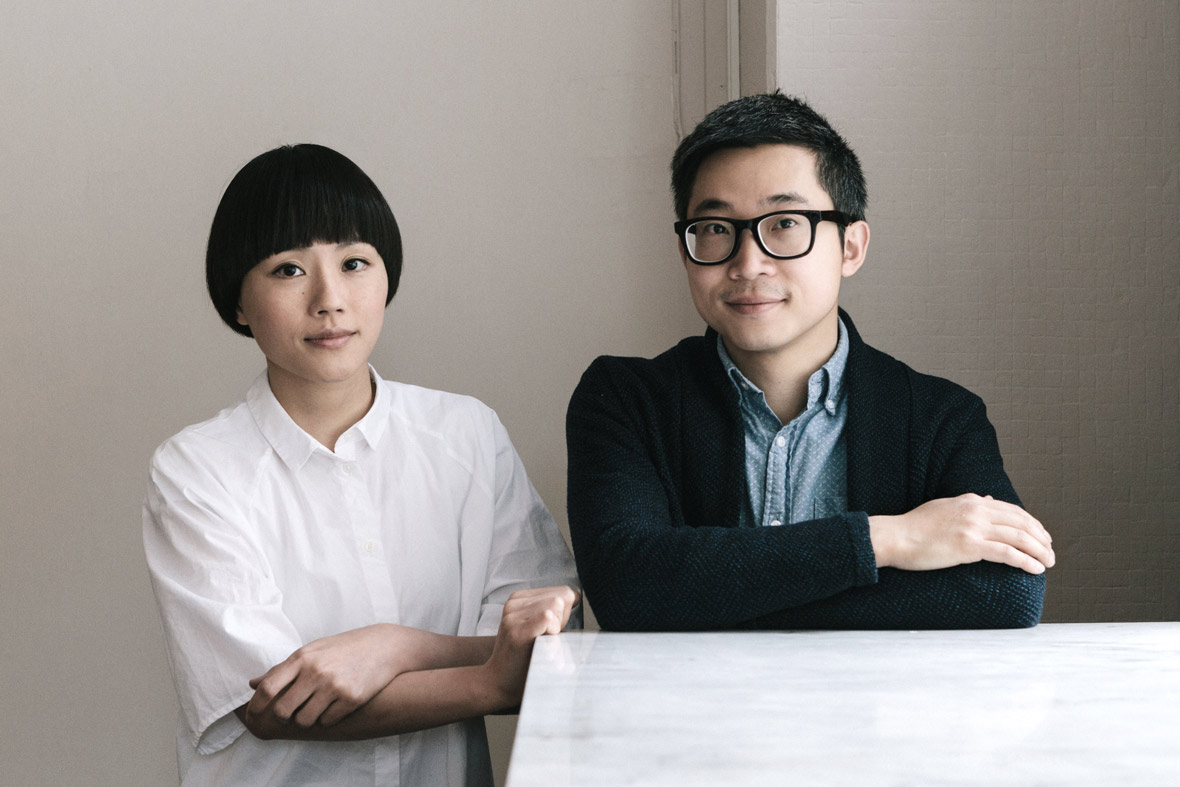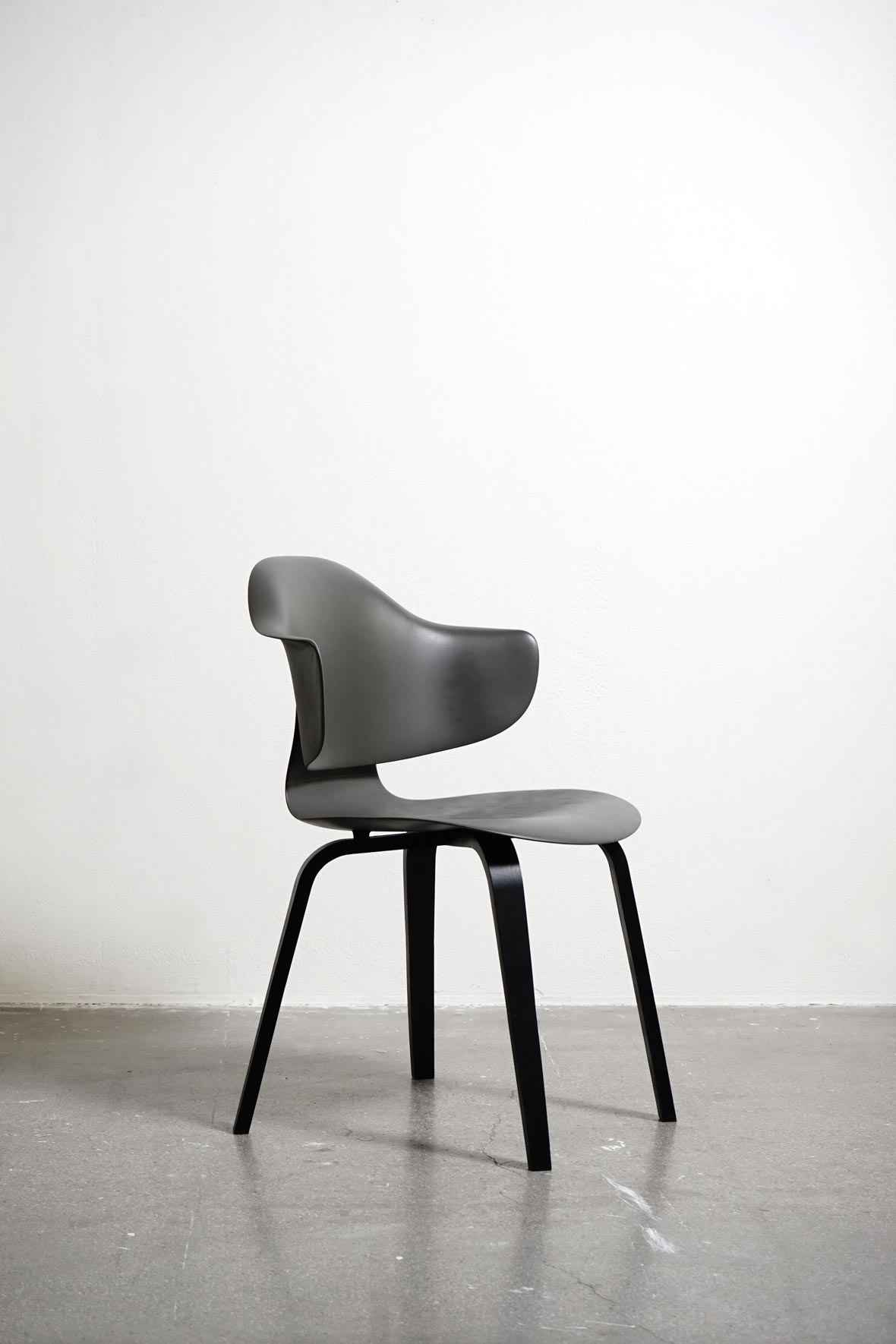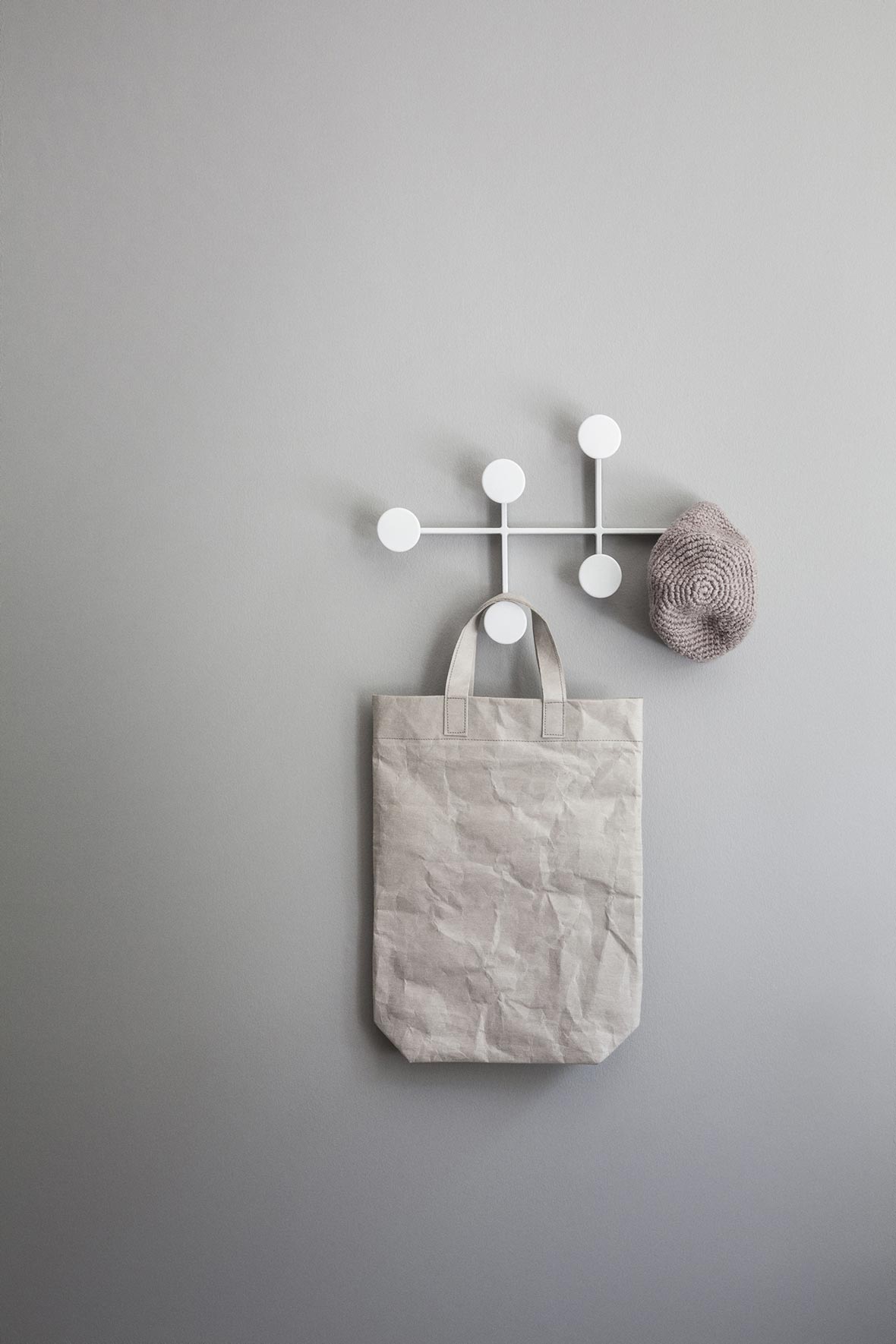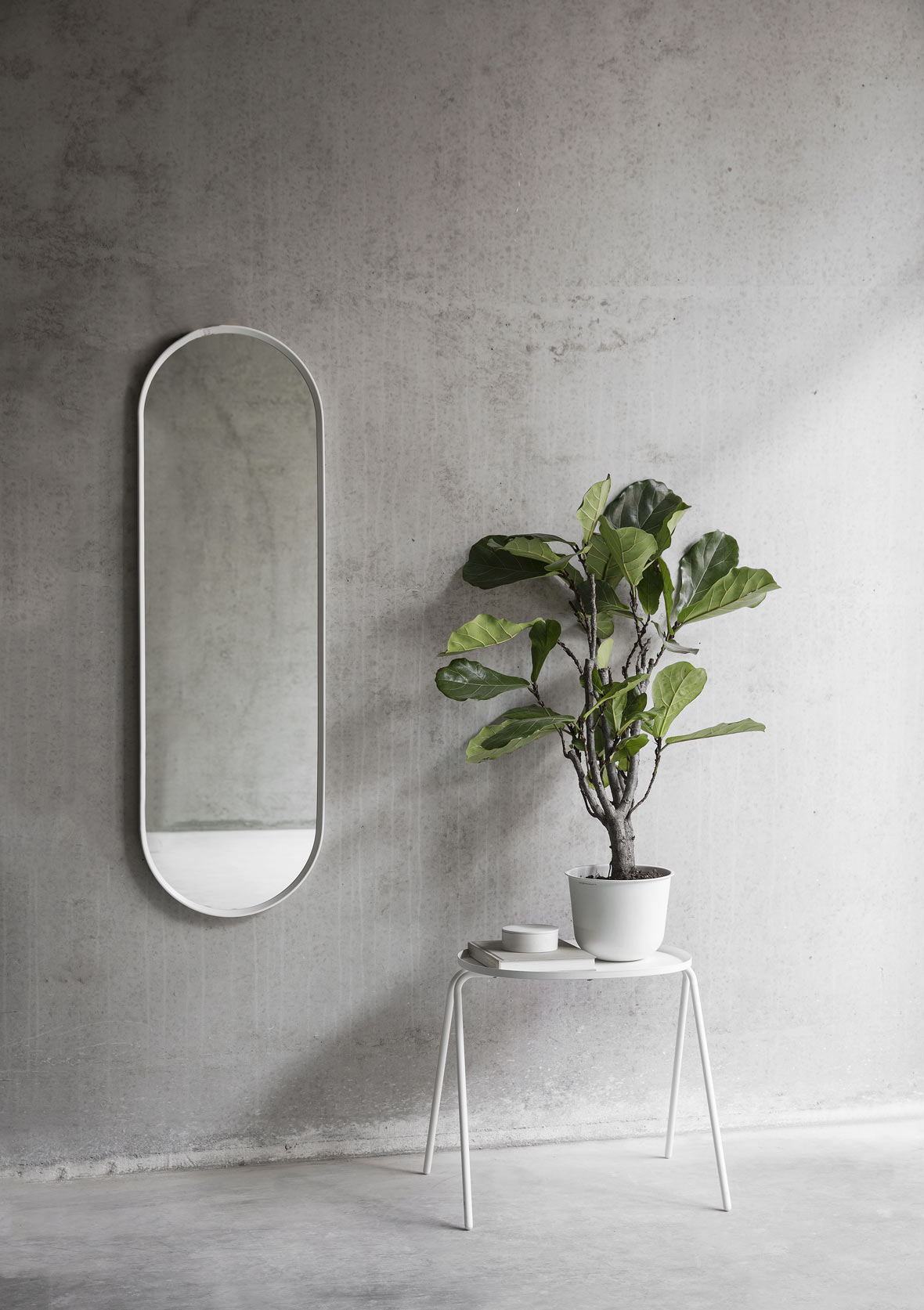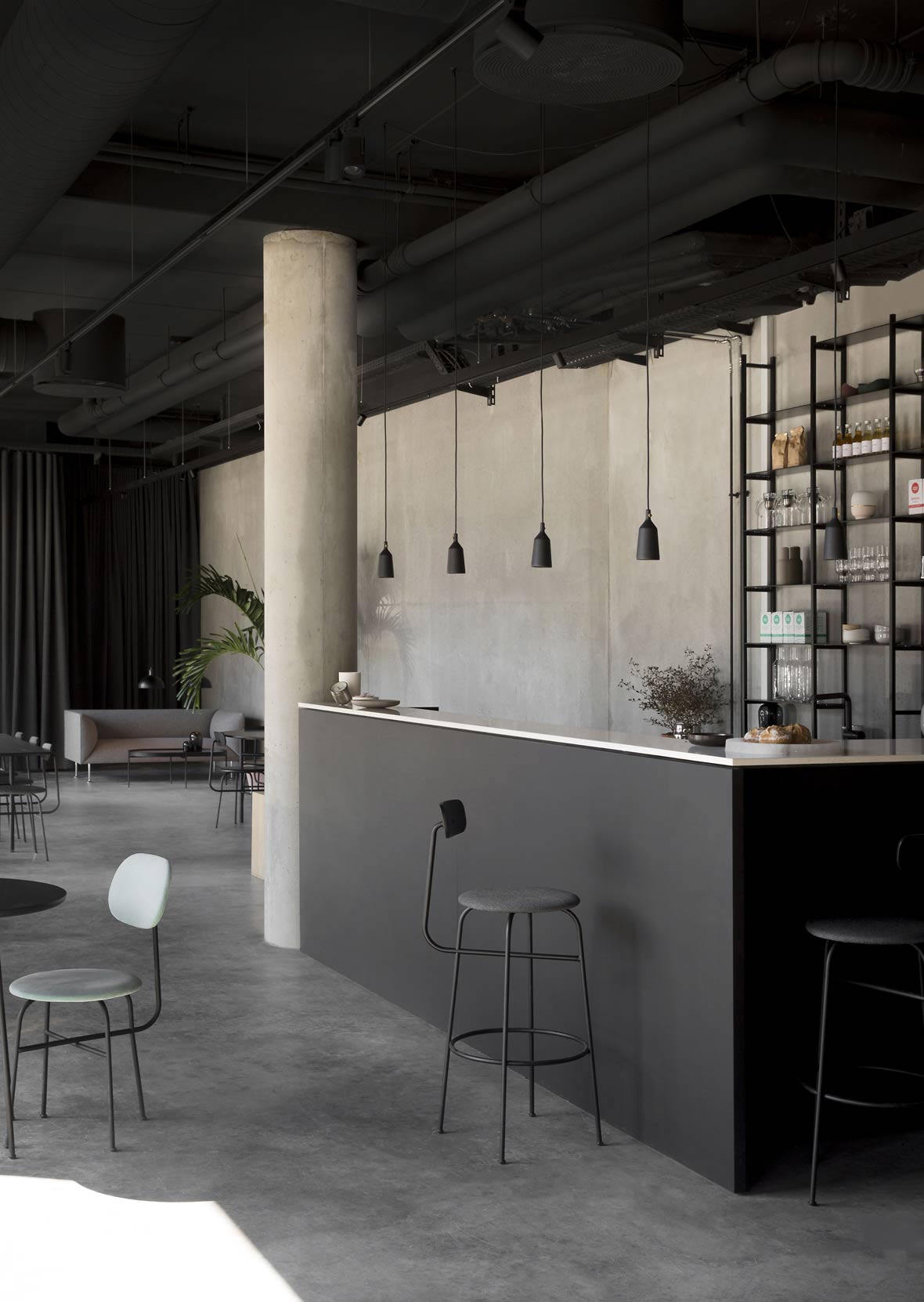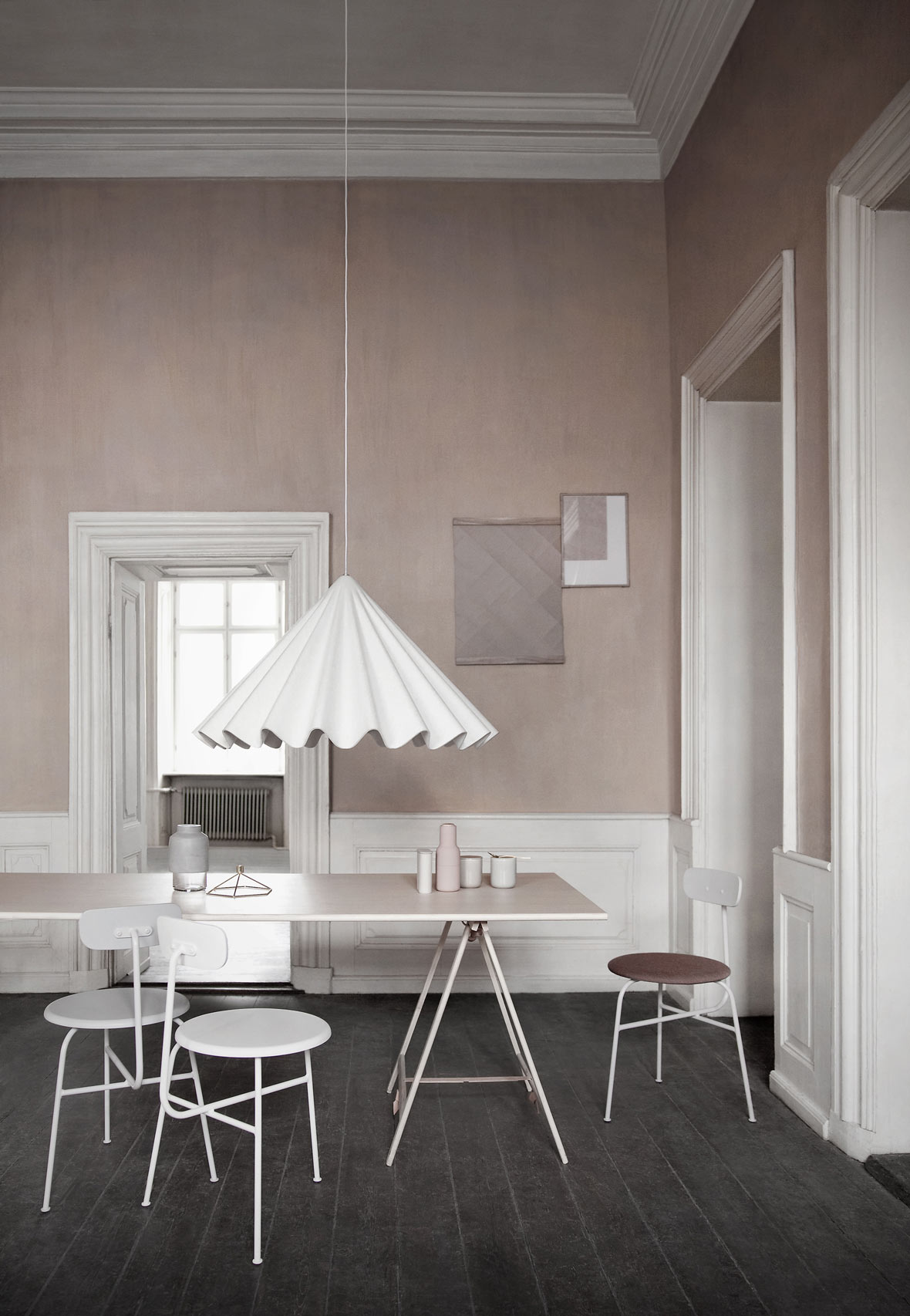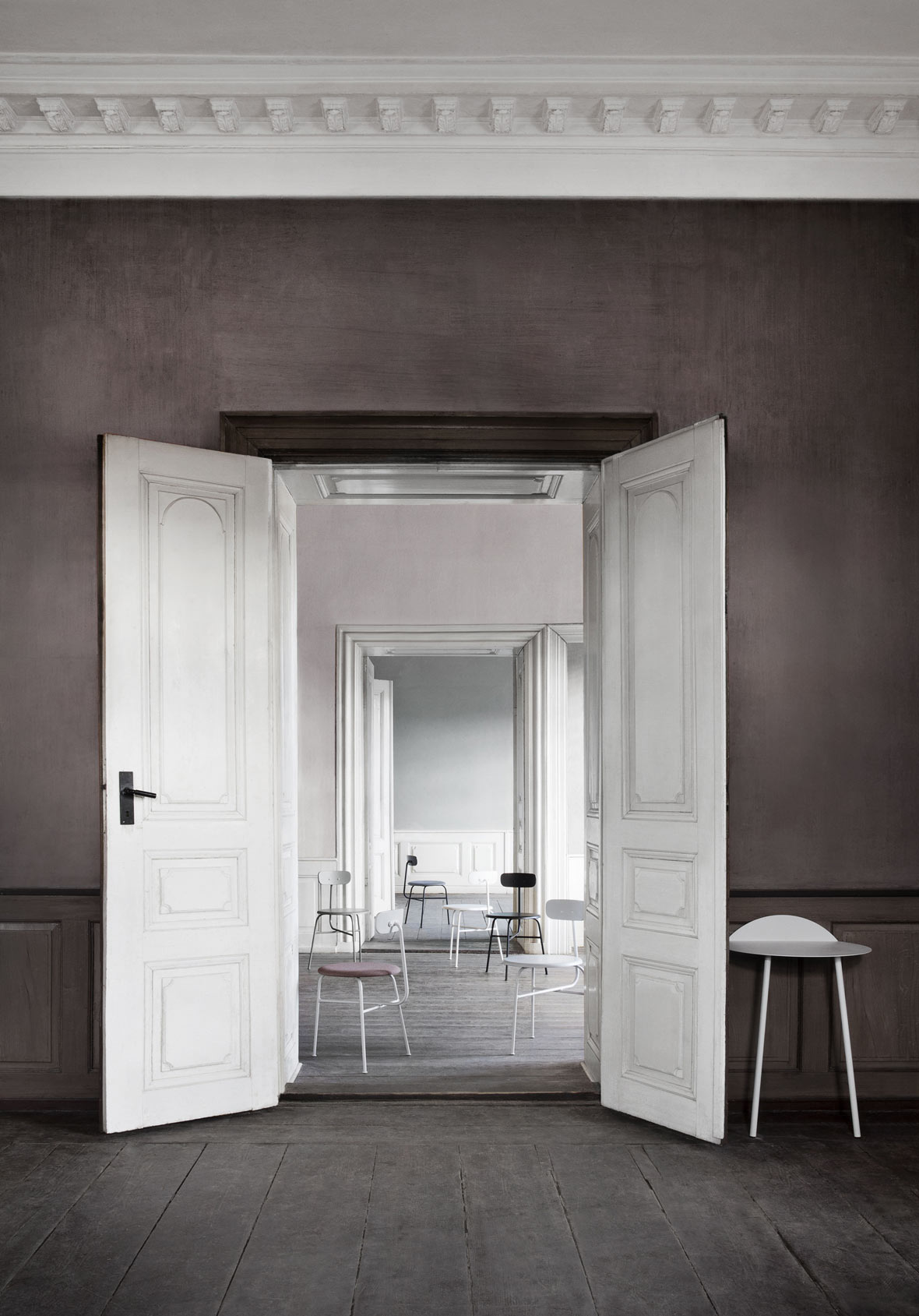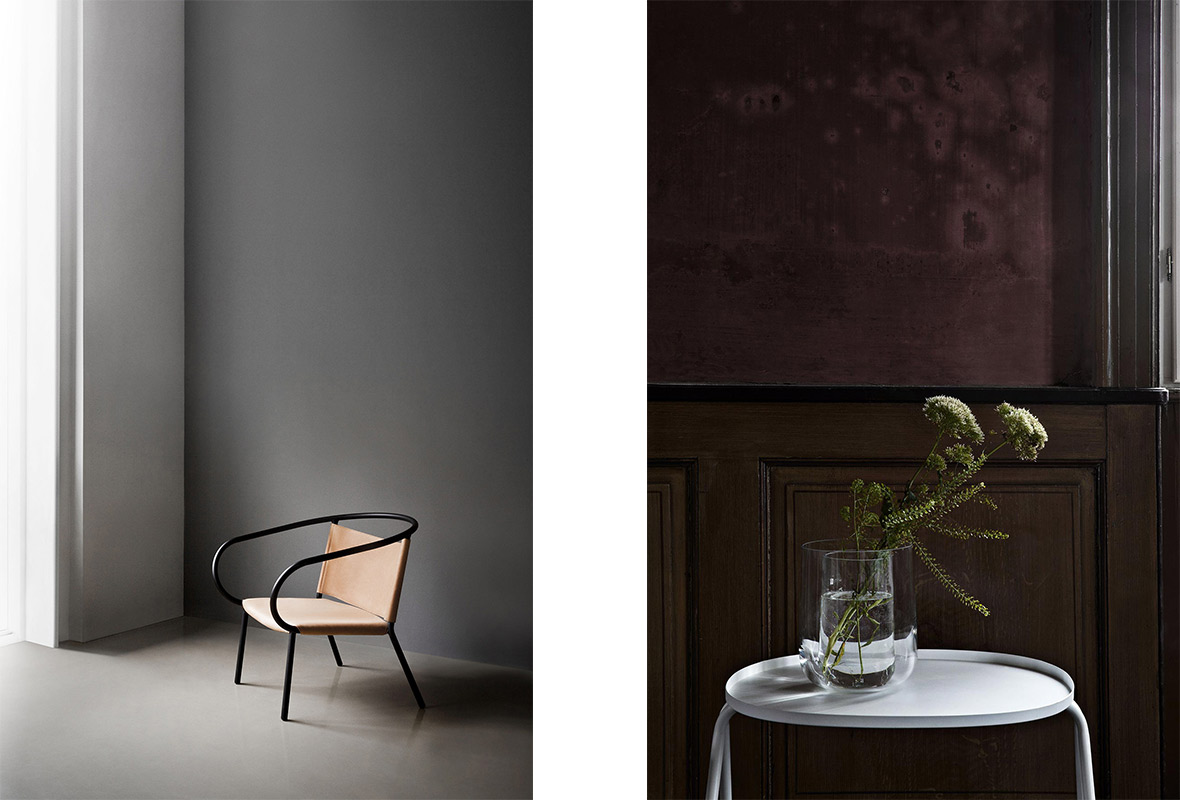
An elegant, understated charm runs through the furniture of Hung-Ming Chen and Chen-Yen Wei. With clean lines and gentle curves, their tables and chairs feel both effortless and painstakingly designed. Afteroom, the couple’s Stockholm-based studio, has been winning widespread acclaim across Europe and Asia, and even earned a spot on Architonic’s 2016-17 list of the world’s top 100 designers.
家具设计师陈宏铭和魏晨燕的家具作品总是流露着一股优雅、低调的魅力。俐落的线条与柔和的曲线设计,使得他们的桌椅显得随意自然又设计精心。夫妻俩在斯德哥尔摩成立的 Afteroom 工作室在欧洲和亚洲已经赢得广泛赞誉,甚至被知名建筑设计网站 Architonic 评为 2016-2017 世界 100 位顶尖设计师。
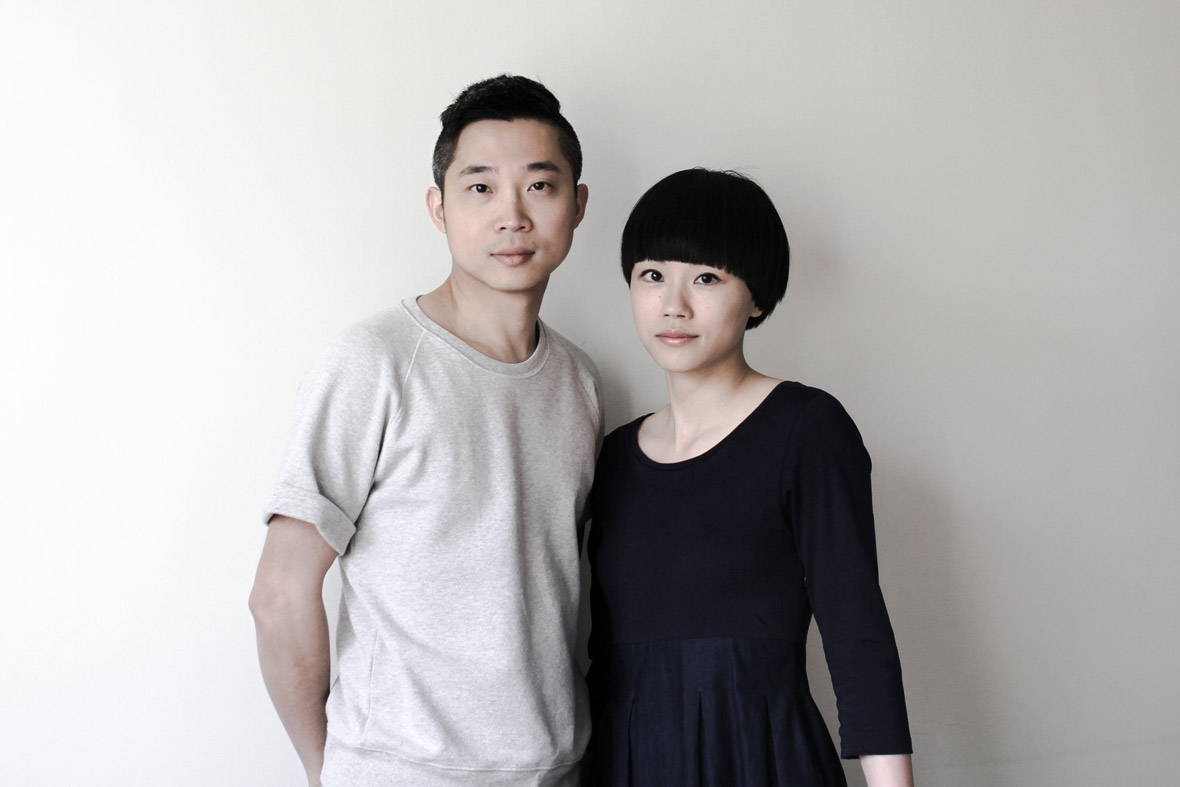
When Chen and Wei moved from Taiwan to Sweden in 2006, they planned to stay for just two years, while Chen completed his master’s at Konstfack University of Arts, Crafts, and Design. Twelve years later they’re still there, making furniture and providing interior design consulting. “We were quite naive, and didn’t think too much before we came here—which was probably a good thing,” they recall. “Otherwise, we couldn’t have accomplished a thing.”
2006 年,陈宏铭和魏晨燕从台湾移居瑞典,他们当时的计划只是停留两年,等陈宏铭完成在瑞典国立艺术与设计大学的硕士学位就离开。但是,如今十二年过去了,他们仍然生活在瑞典,在那里制作家具及提供室内设计等方面的咨询。“我们当时比较天真,来瑞典之前也没有想太多,但这可能是件好事。”他们回忆说,“否则,我们可能什么也做不成。”
In a country where furniture design is something of a national obsession, standing out is no mean feat. Working in Stockholm makes it easier for them to meet with their clients, many of whom are based in Europe. Still, they note, “we miss our families—and the food—back in Taiwan every day.”
在一个举国都为家具设计而痴迷的国度里,要脱颖而出绝非易事。在斯德哥尔摩工作,使他们容易接触到总部设在欧洲的许多客户。不过他们也说:“我们没有一天不想念我们在台湾的家人和那里的美食!”
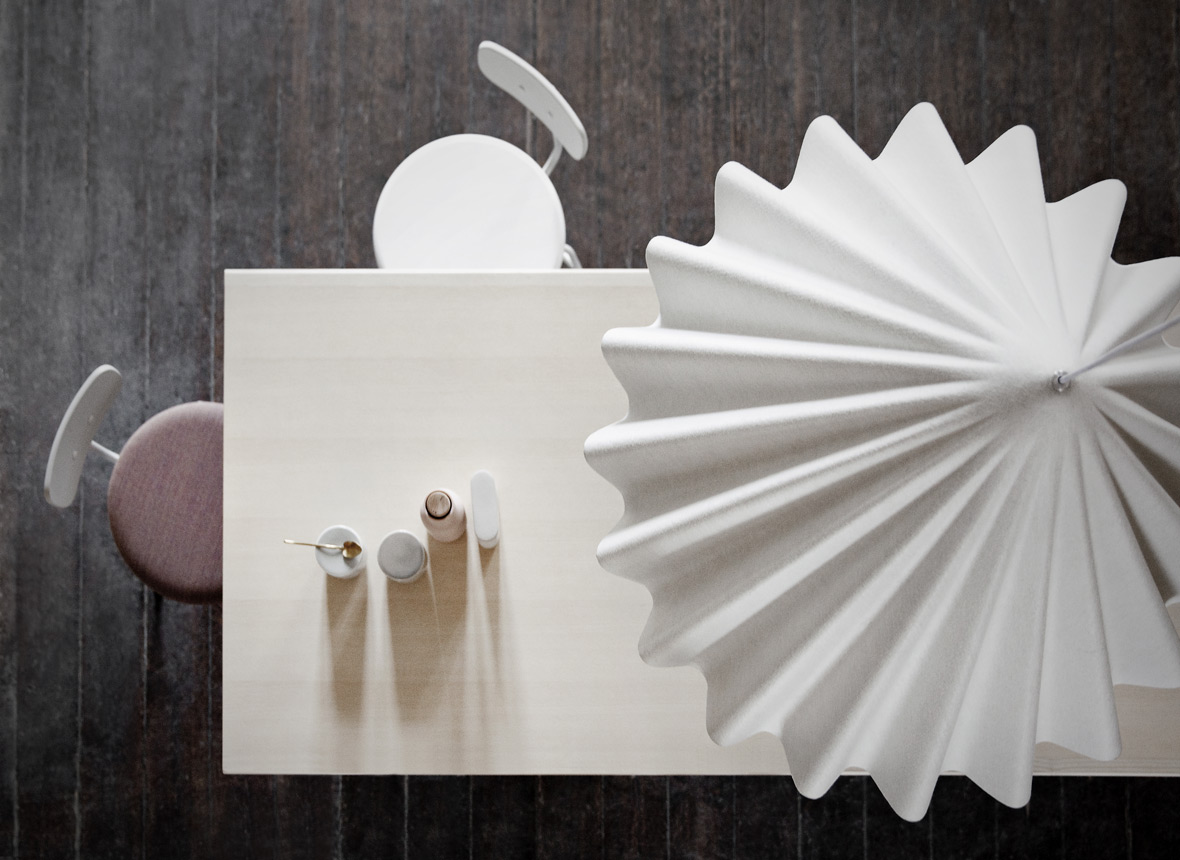
Afteroom’s minimalism echoes the design of the early and mid-twentieth century. Though they frequently cite Germany’s Bauhaus movement as inspiration, the couple has never thought of their designs as having any particular regional roots, whether in Europe or in Asia.
Rather, they focus solely on how easy their furniture is to use, and how it looks with the passage of time. “The only thing we care about is whether the piece can be both used practically and maintained aesthetically,” they say.
Afteroom 工作室的作品充满着 20 世纪早中期风格的极简主义。虽然他们经常从德国包豪斯设计运动中获取灵感,但在他们看来,自己的设计向来没有扎根于任何特定的区域,无论是欧洲还是亚洲。
事实上,他们只专注于所设计的家具是否简单方便,以及它随着时间推移在外观上会如何变化。他们说:“我们唯一关心的是作品是否实用,以及长时间使用下来能不能保持美观。”
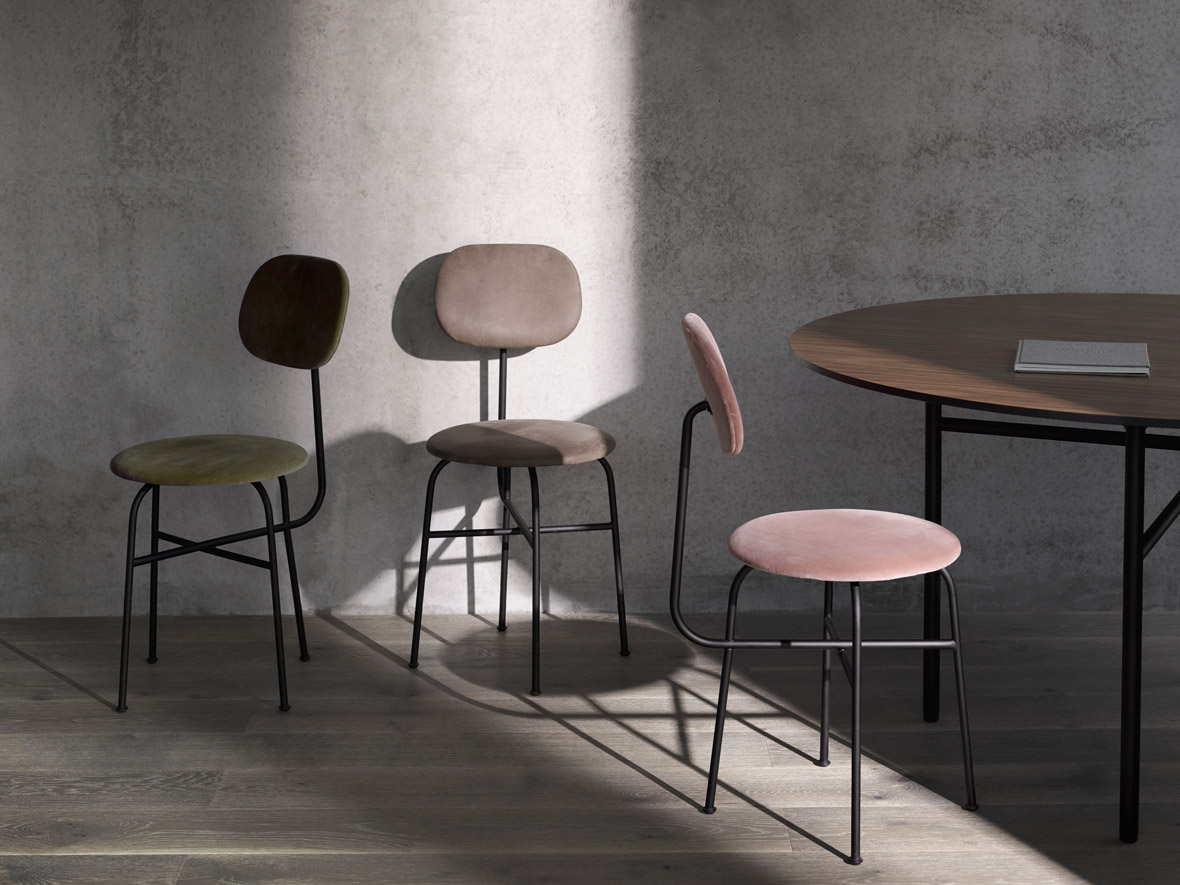
The Afteroom chair, one of the studio’s signature items, has an appealing simplicity: the curvature of the legs echoes the circular seat, while the bar that connects the backrest also joins the legs. Similarly, their sideboard uses striking vertical lines that catch the eye without adding visual clutter.
Afteroom 的椅子是工作室的代表作之一,这件作品有着极为出色的简约设计:椅脚的曲率呼应着圆形椅座, 连接椅背的长条形状与椅脚融合为一。他们的餐具柜也延续了同样的极简主义,摒弃所有令人眼花缭乱的元素,利用醒目的垂直线条来吸引目光。
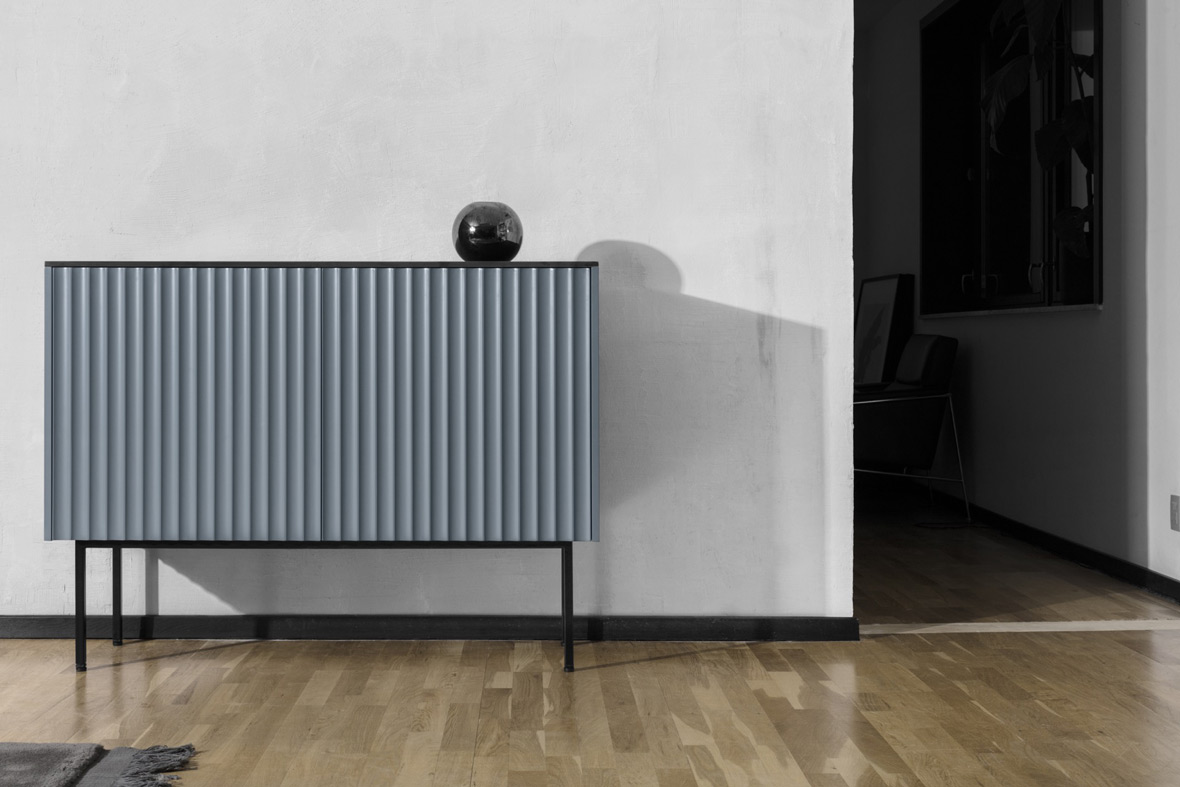
The core of Chen and Wei’s design philosophy lies in what they call “advocating the traces of time.” This means creating objects that don’t become outdated or shopworn but improve as they age. “A great design should be something that constantly arouses your desire to keep it in your life, something that you really can’t get tired of looking at,” they explain. To enhance an object’s aesthetics, they eliminate unnecessary elements to achieve a pared-down simplicity. “The purpose is to keep the work timeless, and to let it remain neutral rather than burdensome, so the user won’t easily grow tired of it and discard it.”
陈宏铭和魏晨燕的核心设计理念,在于所谓 “突显时光的痕迹”。这意味着他们创作的作品不会过时或变旧,而是能够随着时间经过,不断升华。“一个好的设计应该能不断激发你将它留住的欲望,让你永远不会感到厌倦。” 为了增强作品的美感,他们去掉所有不必要的元素,以求获得极致的简约。他们解释道 “目的是保持作品的经典性,让它保持中立而不是变成负担。这样一来,使用者才不会轻易就厌倦或丢弃它。”
